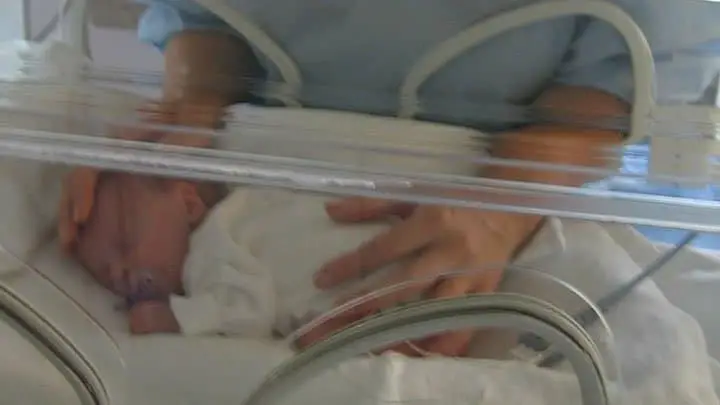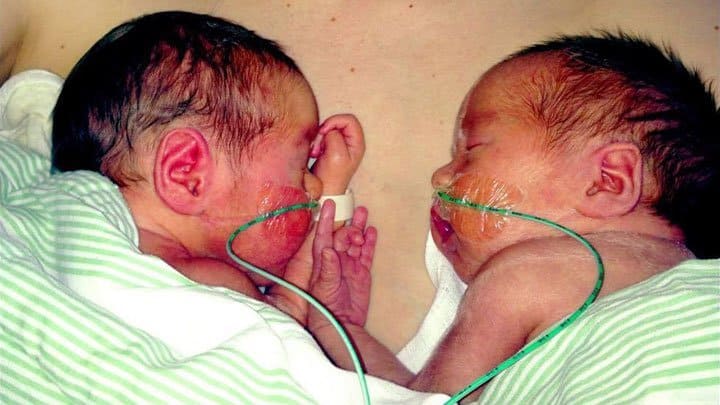Abnormal Cord Insertion Affects Birth Weight
A group of researchers from the U.K and Turkey have explored abnormal cord insertion in twin pregnancies. They wanted to find out whether there is an association between abnormal cord insertion and complications specific to twin pregnancies. They looked at complications such as birth weight discordance and selective intrauterine growth restriction (sIUGR). Selective intrauterine growth restriction (sIUGR) is characterized by unequal placental sharing which leads to one twin being growth-restricted. They also looked at complications in relation to Twin to Twin Transfusion Syndrome (TTTS). Twin to Twin Transfusion Syndrome (TTTS) is a complication of disproportionate blood supply in the placenta. The study was a single center cohort study of twin pregnancies.
497 twin pregnancies studied
Twins with major structural or chromosomal abnormalities and monochorionic monoamniotic (mo-mo) twins were not included in the study. Abnormal cord insertion was defined as either marginal or velamentous. Marginal means that the cord attachment site is less than two centimeter to the nearest margin of the placental disc. Velamentous is when the umbilical cord is attached to the membrane before reaching the placental disc with clear evidence of vessels traversing the membranes to connect with the placental disc. 497 twin pregnancies were included in the study. 70.6 percent were dichorionic and 29.3 percent were monochorionic-diamniotic. Dichorionic twins have a placenta each, whereas monochorionic twins share one placenta.
Abnormal insertion affects birth weight
The study showed that birth weight discordance of 25 percent or more was significantly higher in pregnancies with velamentous and marginal cord insertions compared to those with normal cord insertion. In pregnancies with birth weight discordance of 25 percent or more, the smaller twins had significantly higher prevalence of velamentous and marginal cord insertions compared to the larger twins. The smaller twins of the monochorionic-diamniotic pregnancies showed an even higher prevalence of velamentous and marginal cord insertions compared to the larger twins. Compared to the normal cord insertion group, only velamentous insertion was significantly associated with the risk of sIUGR. There was no significant association between abnormal cord insertion and TTTS.














